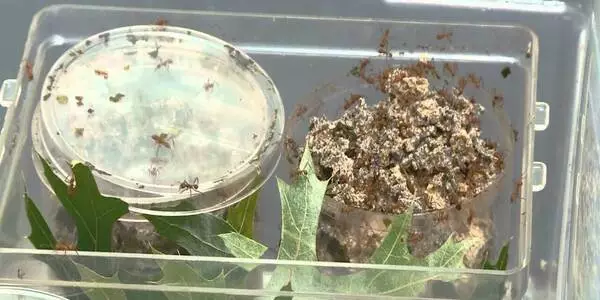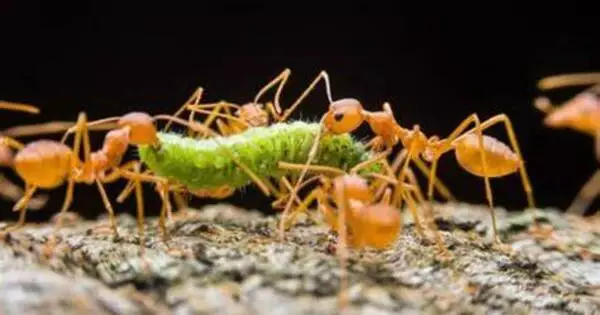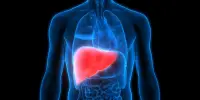Ants groom themselves in order to keep the colony clean and healthy. They clean themselves and other members of the colony with their antennae and mouthparts, removing dirt, parasites, and pathogens. This grooming behavior aids in the prevention of disease spread throughout the colony. African Matabele ants are frequently injured in termite battles. When their conspecifics see that the wounds have grown infected, they begin antibiotic therapy.
Matabele ants (Megaponera analis), which are common south of the Sahara, eat only termites. Termite soldiers defend their conspecifics with their formidable mandibles, making their hunting expeditions risky. As a result, the ants are frequently damaged while hunting.
There is a high danger of death if the wounds become infected. Matabele ants, on the other hand, have evolved a sophisticated healthcare system: they can discriminate between non-infected and infected wounds and treat the latter effectively using antibiotics they manufacture. This is described in the journal Nature Communications by a team led by Dr Erik Frank of Julius-Maximilians-Universität (JMU) Würzburg and Professor Laurent Keller of the University of Lausanne.
With the exception of humans, I know of no other living creature that can carry out such sophisticated medical wound treatments, have medical implications because the primary pathogen in ant’s wounds, Pseudomonas aeruginosa, is also a leading cause of infection in humans, with several strains being resistant to antibiotics.
Erik Frank
Treatment Drastically Reduces Mortality
“Chemical analyses in cooperation with JMU Professor Thomas Schmitt have shown that the hydrocarbon profile of the ant cuticle changes as a result of a wound infection,” Erik Frank, the researcher, adds. Because of this shift, the ants can recognize and consequently assess the infection status of damaged nestmates.
They then apply antibacterial chemicals and proteins to the infected wounds to treat them. These antibiotics are derived from the metapleural gland, which is located on the side of their thorax. Its secretion contains 112 different components, half of which are antibacterial or wound-healing. And the medication is exceedingly effective: the mortality rate of sick people is decreased by 90%, according to the research team.

Analysis of Ant Antibiotics is Planned
“With the exception of humans, I know of no other living creature that can carry out such sophisticated medical wound treatments,” says Erik Frank. Laurent Keller also adds that these findings “have medical implications because the primary pathogen in ant’s wounds, Pseudomonas aeruginosa, is also a leading cause of infection in humans, with several strains being resistant to antibiotics.”
Is it true that Matabele ants are unique in this regard? The Würzburg researcher now wishes to investigate wound care behaviors in additional ant species as well as in other social animals. In collaboration with chemistry research groups, he also hopes to find and analyze the antibiotics employed by Matabele ants. This could lead to the development of novel antibiotics that can be used in people.
Erik Frank’s research into African ants that care for injured nestmates piqued the interest of a film production company a few years ago. Netflix hired the organization to create intriguing stories for the eight-part nature documentary “Life on Our Planet,” which examines the evolution of life over the last 500 million years.













